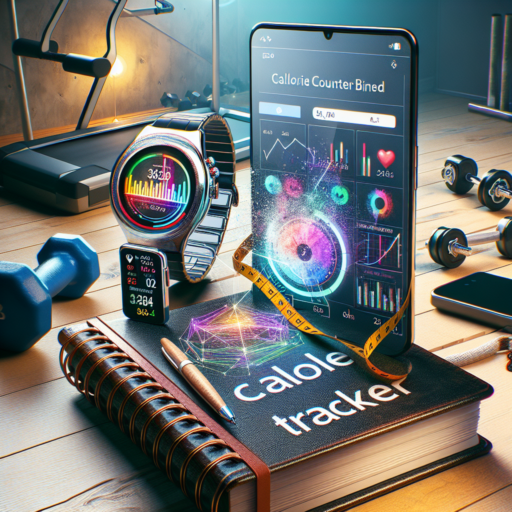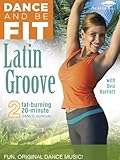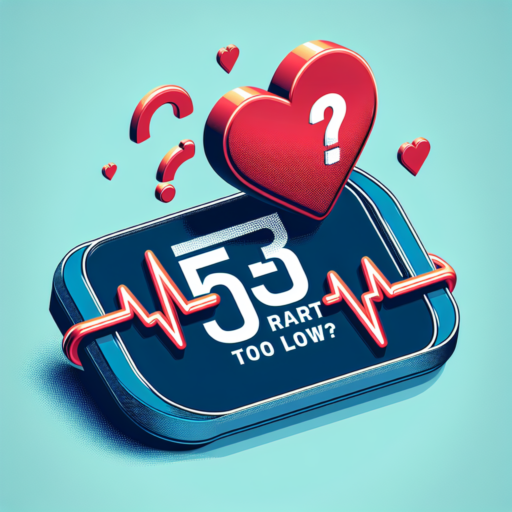How do I calculate my calories burned?
Calculating the number of calories burned during physical activities is crucial for anyone looking to maintain, lose, or gain weight effectively. The process requires understanding several factors that influence calorie expenditure. These include the type of activity performed, its intensity, the duration of the exercise, and individual characteristics such as weight, age, and sex.
One popular method to approximate calories burned is using a Metabolic Equivalent of Task (MET) value, which represents the energy cost of physical activities. For instance, an activity with a MET value of 2 means you’re burning twice as many calories as you would at rest. You can find MET values for various activities in comprehensive activity databases online or through fitness apps.
To make the calculation, you’ll need to perform the following equation: Calories burned = MET value of activity x weight in kilograms x duration in hours. For example, if a 70kg person cycles at a moderate intensity (with a MET value of 6) for an hour, they would burn approximately 420 calories. It’s also essential to note that this formula provides an estimate; actual calorie expenditure can vary based on individual metabolic differences and the accuracy of the MET value.
How many calories do 10,000 steps burn?
The number of calories burned by walking 10,000 steps can vary significantly from person to person, based on factors such as body weight, walking pace, and terrain. However, an average estimate suggests that for a person weighing around 155 pounds (70 kilograms), walking 10,000 steps could burn approximately 300 to 400 calories. This estimation is a rough average and can fluctuate based on the individual’s metabolic rate and walking intensity.
To get a more personalized estimate, it’s important to consider the specific details of your walk. Walking speed is a major factor; a brisk pace will burn more calories compared to a leisurely stroll. Likewise, walking uphill or on uneven surfaces can increase the calorie burn due to the added resistance and effort required. Technology such as pedometers and fitness trackers can offer a closer approximation by taking into account your pace, distance, and sometimes even your heart rate.
For those looking to maximize calorie burn, incorporating intervals of increased pace or finding routes with varied terrain can be beneficial. Additionally, swinging your arms or adding weights can also contribute to a higher calorie expenditure. Remember, consistency is key in reaping the health benefits associated with walking, including weight loss, improved cardiovascular health, and enhanced mental well-being.
Is there a test to see how many calories you burn?
Discussing whether there’s a specific test to measure calorie burn can lead us into the intriguing intersection of fitness, science, and technology. While no singular test universally applies to everyone under all conditions, several methods have been developed to estimate or closely monitor the amount of calories individuals burn during various activities.
Different Methods to Estimate Calorie Burn
Several techniques are available for those curious about their calorie expenditure. These range from wearable technology, such as fitness trackers and smartwatches, to more formal assessments like Metabolic Cart Analysis in a clinical setting. Each method varies in accuracy, accessibility, and the degree of information they provide.
- Wearable Technology: Devices equipped with heart rate monitors and accelerometers can estimate calories burned by analyzing your heart rate and movement patterns.
- Metabolic Cart Analysis: This clinical test measures your oxygen consumption and carbon dioxide production to provide a precise calculation of calorie burn during rest and exercise. It is considered a gold standard for measuring metabolic rates.
- Online Calorie Burn Calculators: These tools estimate calorie expenditure based on averages and should be used as a rough guideline rather than an exact measurement.
The quest for a definitive test to accurately measure calorie burn points to the complexity of human metabolism. Each individual’s body composition, along with the intensity and duration of activities performed, plays a critical role in how many calories are burned. Therefore, while specific tests and tools can offer estimates, they should be viewed as part of a broader approach to understanding and managing one’s fitness and health regimen.
What is the app that calculates calories burned?
Discovering the perfect app to calculate calories burned can be a transformative step in managing your fitness journey. In today’s world, where health and wellness are paramount, having a reliable tool at your fingertips is essential. These apps not only provide insights into the amount of energy you expend during various physical activities but also help tailor your exercise and nutrition plans to meet your personal goals. By inputting data such as weight, height, age, and the specific activity performed, users receive an accurate estimation of calories burned, making these apps invaluable partners in achieving fitness objectives.
Features to Look For in a Calorie-Calculation App
- Intuitive User Interface: For seamless navigation and data entry.
- Diverse Activity Recognition: To accurately track a wide range of exercises and daily movements.
- Integration Capabilities: Allowing the app to work in tandem with other fitness trackers and health apps for comprehensive monitoring.
- Personalized Feedback: Offers insights and suggestions based on your activity data to help improve your health and wellness journey.
Finding the right app depends largely on your personal preferences and fitness goals. Some apps are designed with a broad database of activities, while others may focus on specific types of workouts, such as running or yoga. Moreover, many of these applications incorporate additional functionalities like diet tracking, setting fitness goals, and providing motivational support. By understanding your needs, you can select an app that not only calculates calories burned but also supports your overall wellness journey.









